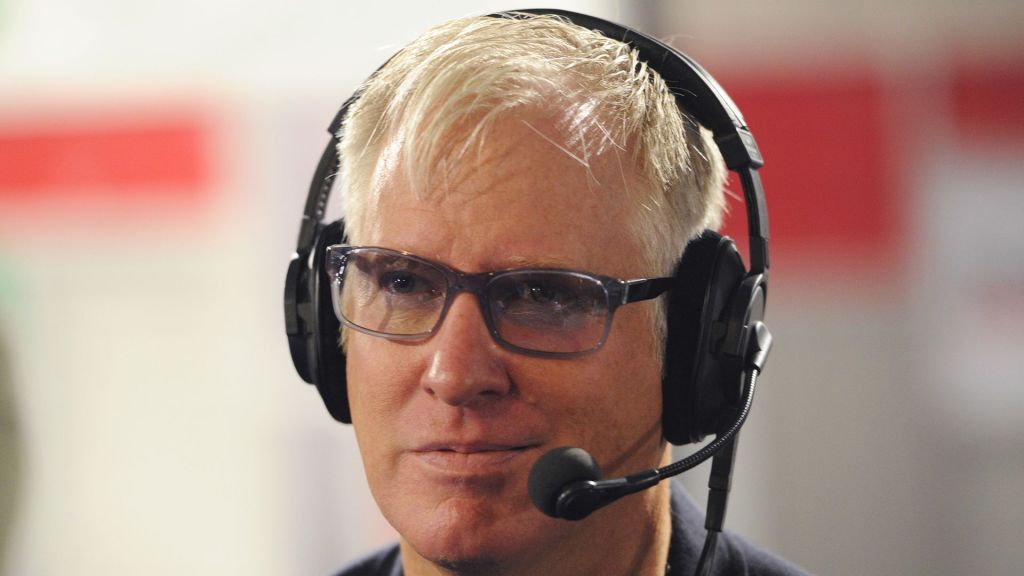
Commentary
-
Our commentary partners will help you reach your own conclusions on complex topics.
What if the worst happened? What if a catastrophic event, an attack, a pandemic, a natural disaster wiped out our key institutions of government?
Imagine if on 9/11, a plane had hit the Capitol killing many members of Congress, or if an attack of weapons of mass destruction had destroyed much of Washington, including the President, Vice President and members of the line of succession. The effect of an attack or disaster would be magnified if there were no president, no Congress, chaos, and uncertainty on who would be in charge after the catastrophe. All of these dire scenarios are aspects of continuity of government.
I and several of my colleagues at the American Enterprise Institute and two high-profile commissions we have run have wrestled with these issues since 9/11, and recently we have released new reports on continuity of the executive and legislative branches. We need the right constitutional provisions, laws, and norms in place to ensure that our institutions can function even after a devastating event. We need to address two big challenges:
How to protect Congress. How to protect the presidential line of succession. First, protecting Congress. What is the problem and what is the solution?
The problem: The target of the fourth plane on 9/11 was the U.S. Capitol. Brave passengers stormed the cockpit, and the plane crashed before it hit its target. But if the attack had succeeded in hitting the Capitol and killing many members, it might have prevented Congress from operating for many months. Why? When a senator dies, our constitution gives states the option of having governors appoint replacement senators who serve until a special election is held to fill the remainder of the term. In practice, this means that when a senator dies, there is a replacement senator in place in a matter of days.
The House of Representatives is different. If a House member dies, the constitution does not provide for an immediate replacement.Special elections are held to fill the remainder of the term. But those special elections take on average over four months to complete. When a House member dies, the seat remains vacant for months.
The problem is magnified if there is a catastrophic event where many members are killed. The Constitution provides that a quorum to do business in the House of Representatives is a majority, today 218 seats. If more than a majority of members were killed, the House would not be able to meet its quorum requirement and could not function. And as it takes many months to replace House members with special elections, Congress would be effectively shut down for months, unable to legislate, appropriate funds, and unable to act as a check on the president. And even lesser catastrophes would be troublesome. Imagine a House of Representative with twenty percent of its seats vacant, perhaps with a change in the majority or whole regions of the country unrepresented.
The Solution? Our Continuity of Government Commission proposes a constitutional amendment to allow temporary replacement members in the House of Representatives. Like in the Senate, these replacement members would serve until a special election could beheld. So if a House member dies, a temporary replacement will be appointed immediately, and a special election to fill the remainder of the term would take place in four to five months. Second, protecting the presidential line of succession. What is the problem and what is the solution? The problem: Our current line of succession after the President and Vice President consists of the Speaker of the House, Senate President Pro Tempore and members of the cabinet. The inclusion of congressional leaders raises significant constitutional issues, could lead to a sudden change in the party in control of the presidency, and could be confusing in a mass attack.First, many students of our Constitution, going back to James Madison, hold the view that our constitution only allows executive branch members, not congressional leaders, in the line of succession.
The presidential succession act we had in place before 1947 had only cabinet members. Second, as the Speaker of the House could be of a different party than the president, the presidency could switch from one party to the other. The death of President Trump and Vice-President Pence could have led to President Pelosi. Similarly the death of President Biden and Vice-President Harris could lead to President McCarthy. Third, in a mass attack or in the case of temporary presidential incapacitation, it would be hard for Congressional leaders to take over from the executive branch. Successors from the same administration would provide much greater continuity and stability. The Solution: Congress should amend the presidential succession act to remove congressional leaders and rely instead on cabinet succession.
It is hard to think about the damage that might be done by catastrophic circumstances that would disable our core institutions. We should act to strengthen those institutions and ensure their continuity so that the American constitutional system can be strong even under the most dire circumstances.
-
SCOTUS case on threat of disinformation raises thorny questions
The Supreme Court recently heard arguments concerning government communications with social media platforms in Murthy v. Missouri. Plantiffs in the case claim that government agencies pressured social media companies to remove or restrict posts spreading disinformation about vaccines, elections and COVID-19. Straight Arrow News contributor John Fortier delves into the complex questions raised by the…
-
Trump v. Anderson is more complicated than it looks
The Supreme Court case Trump v. Anderson will decide whether former President Donald Trump is eligible to run as a candidate for president in 2024. Some constitutional law experts have argued that Trump cannot run as a candidate, citing what they say is a clear violation of the 14th Amendment in the U.S. Constitution, which…
-
Era of Iowa, New Hampshire kicking off election season is ending
In American politics, tradition dictates that Iowa and New Hampshire kick off the election season as the two major parties elect their primary candidates. Recently, however, Democrats have suggested revising this tradition, arguing that Iowa and New Hampshire do not present an optimal, comprehensive sample of American voters, and suggesting states like South Carolina or…
-
Why the frenzy over Georgia’s voting laws was misplaced
Georgia Gov. Brian Kemp (R) changed state voting laws after President Joe Biden narrowly won Georgia’s electoral votes over former President Donald Trump in 2020. Voting advocacy groups responded and the U.S. Department of Justice filed a lawsuit against the legislation. These lawsuits alleged that the Georgia GOP in the state legislature aimed to restrict…
-
Changing speakers isn’t actually going to help Republicans
After three weeks without a speaker and three unsuccessful attempts to secure the required votes for a new one, the U.S. House of Representatives elected a little-known Congressman from Louisiana, Rep. Mike Johnson. But was the decision to elect Rep. Johnson, who leans hard-right and pro-Trump, a wise move for the Republican Party? Straight Arrow…
Latest Opinions
-
 DVIDS
DVIDS
Aid package to Ukraine ‘not aimed at achieving victory’
-
 AP Images
AP Images
Poll: Majority of Americans back mass deportation of undocumented immigrants
-
 Getty Images
Getty Images
Trump lawyers admit some actions alleged in indictment are private, not official
-
 Getty Images
Getty Images
EPA coal plant rule cuts emissions 90%, removes 17M homes worth of power
-
 AP Images
AP Images
As 2020 election lawsuits grow, Gateway Pundit files for Chapter 11 bankruptcy
Popular Opinions
-
In addition to the facts, we believe it’s vital to hear perspectives from all sides of the political spectrum.


